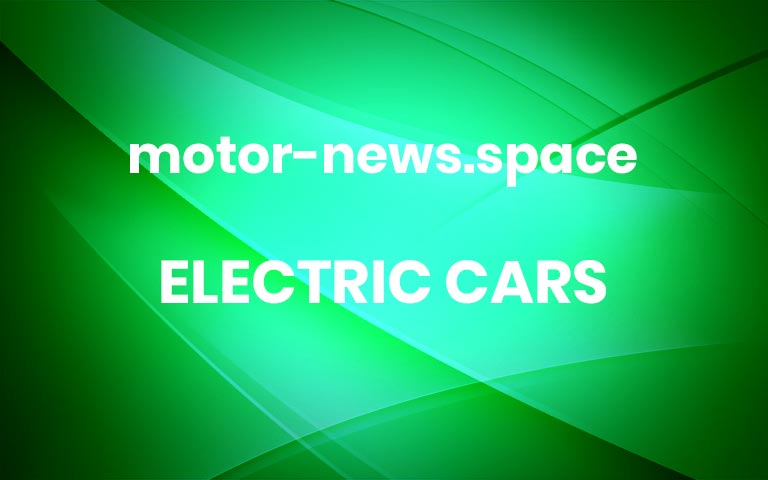New Tata Avinya Electric SUV Production Spec Render – 6 Colours
Apart from changes related to engineering and practical limitations, Avinya production variant will be as close as recently unveiled conceptNew Tata Avinya Electric SUV – Production Spec RenderWhile Avinya has got everyone’s attention, not many thought it would actually reach the assembly line. It was the sheer flamboyance and radical design of the concept that prompted folks to think that way. To everyone’s surprise, Tata Motors has now confirmed that Avinya will in fact be launched by 2025. Of course, there’s tons of work that needs to be done.New Tata Avinya Electric SUVAvinya will be 4.3 meters long, but cabin space will be similar to that of a 4.6-4.7 meter SUV like Harrier. It would be made possible by the new electric skateboard architecture that allows for a longer wheelbase. The platform also has ample space for a large battery pack, which will boost the EV’s range. Similar to Nexon EV, Avinya will have a ground clearance of 200 mm.For practical purposes, features like suicide doors and 22-inch wheels are unlikely to make it to production stage. There could be other changes as well across exteriors and interiors. As Tata Motors is targeting the closest possible match with the concept model, it’s going to be a challenging task for the design team.According to Tata Motors’ Head of Global Design, Martin Ulharik, their team has been working on Avinya for the last 8 months. The focus has been both on the concept version as well as the production variant. As this is a highly ambitious project, time till 2025 is the least that’s needed to make Avinya roadworthy. Based on the concept, Pratyush Rout has created a render of production spec Tata Avinya electric SUV.New Tata Avinya Electric SUV – Production Spec RenderTata Avinya rangeTata Motors will be targeting a range of more than 500 km with the production variant of Avinya EV. The battery pack is likely to support ultra-fast charging, allowing users to add 500 km in just around 30 minutes.However, this will require a fast-charging hub and won’t be possible with the standard home socket. The numbers are closer to that of the Tesla Model S that can load up around 200 miles (~322 km) in 15 minutes using a supercharger.Among features that are expected to be the same as the concept, Avinya production model is likely to retain the new Tata logo. On the concept, it can be seen as a sporty LED element at both front and back.New Tata Avinya Electric SUV – Production Spec RenderBy the time Avinya hits the showrooms, Tata would have launched its Curvv coupe EV. It is expected to debut by 2024. With a range of around 500 km, Curvv EV will take on rivals like Hyundai Kona Electric and MG ZS EV.In the company’s line-up, Curvv mid-size SUV coupe will be positioned above Nexon. Curvv utilizes an entirely new versatile platform that can support both electric and IC engine powertrains. The EV version will debut first, followed by petrol and diesel models. ICE powered Curvv models will compete with rivals such as Hyundai Creta, Kia Seltos and upcoming Toyota/Maruti SUV. More


